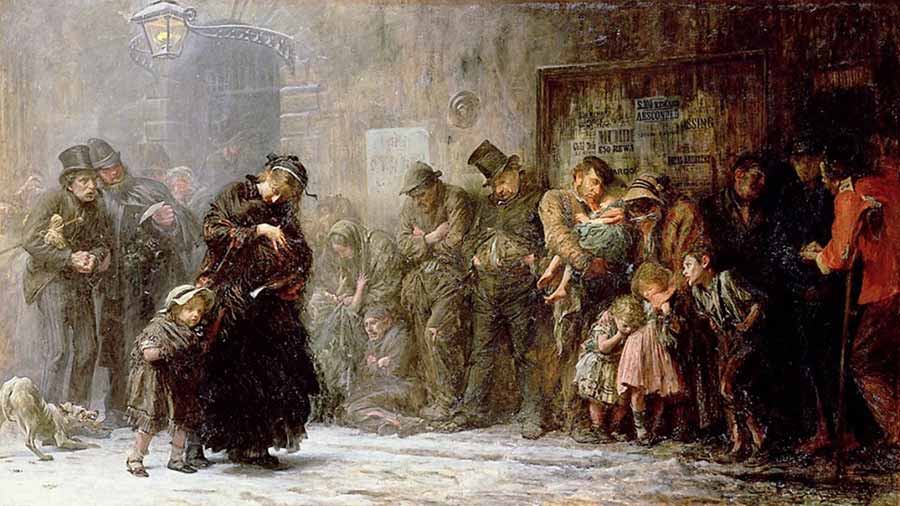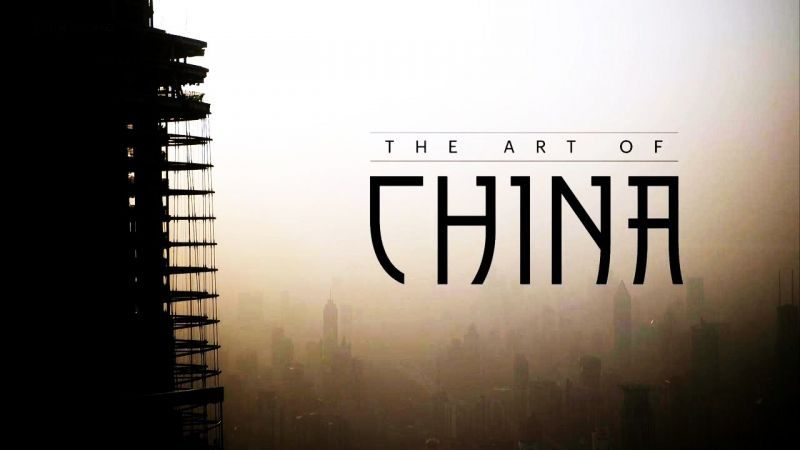In The Victorians, Jeremy Paxman takes his love of Victorian paintings as the starting point for a journey into Victorian Britain. Such pictures may not be fashionable today, but they are a goldmine of information about the most dynamic age in British history.
The Victorians Part 1: Painting The Town
He investigates the most dramatic event of Victorian Britain: the explosion of great cities. At first the Victorians feared these new monsters in their midst, but then grew to love and transform them. Jeremy explores the canals and sewers, suburbs and back streets, workhouses and magnificent buildings of the great Victorian city, while also experiencing the fun-filled chaos of Derby Day.
The Victorians Part 2: Home Sweet Home
Jeremy Paxman enters the typical Victorian home, a haven of order, respectability and morality. But not everything was always as it should be, with sexual double standards and the perils of drink, disease and poverty all threatening to destroy the cherished dream of Home Sweet Home.
The Victorians Part 3: Having It All
Railways, factories and military might made Britain the richest country in the world. Paxman finds British generals dressed in togas in the Foreign Office, meets the horse that led the Charge of the Light Brigade, drives a steam train and visits a fort, a steelworks and a millionaire’s mansion to tell the story of the time when Britain seemed to be having it all.
The Victorians Part 4: Dreams and Nightmares
Jeremy Paxman discovers how in the dying years of Victoria’s reign, artists led a revolt against Victorian values of money and morality, preferring to create a world filled with medieval knights and damsels, dreams and fairies, sex and death. He meets a pair of spiritualist mediums, visits a collection of Victorian nudes and is allowed into Broadmoor hospital in search of the mad Victorian artist Richard Dadd.
Victorian era
In the history of the United Kingdom, the Victorian era was the period of Queen Victoria’s reign, from 20 June 1837 until her death on 22 January 1901. The era followed the Georgian period and preceded the Edwardian period, and its later half overlaps with the first part of the Belle Époque era of Continental Europe. In terms of moral sensibilities and political reforms, this period began with the passage of the Reform Act 1832.
There was a strong religious drive for higher moral standards led by the nonconformist churches, such as the Methodists, and the Evangelical wing of the established Church of England. Britain’s relations with the other Great Powers were driven by the colonial antagonism of the Great Game with Russia, climaxing during the Crimean War; a Pax Britannica of international free trade was maintained by the country’s naval and industrial supremacy. Britain embarked on global imperial expansion, particularly in Asia and Africa, which made the British Empire the largest empire in history. National self-confidence peaked.
Ideologically, the Victorian era witnessed resistance to the rationalism that defined the Georgian period and an increasing turn towards romanticism and even mysticism with regard to religion, social values, and arts.




